Understanding Rough And Tumble Play

Rossana Milli

For many parents, watching a group of kids jumping on top of each other with ferocious roars definitely may seem dangerous and spell trouble.
Surely, our first instinct would be to tell them to ‘stop before somebody gets hurt!’, however, stopping this example of playful aggression robs them from engaging in perfectly natural, and developmentally desirable behavior.
The importance of play has a long history in child development and education literature, and is a milestone of healthy development.
Through playful experiences young children engage and enhance aspects of creative expression, language, cognitive competence, social skills, and physical development.
There is an abundance of evidence identifying play as more than just an unimportant pastime. It is an integral activity for all manner of social, physical, cognitive and emotional development.
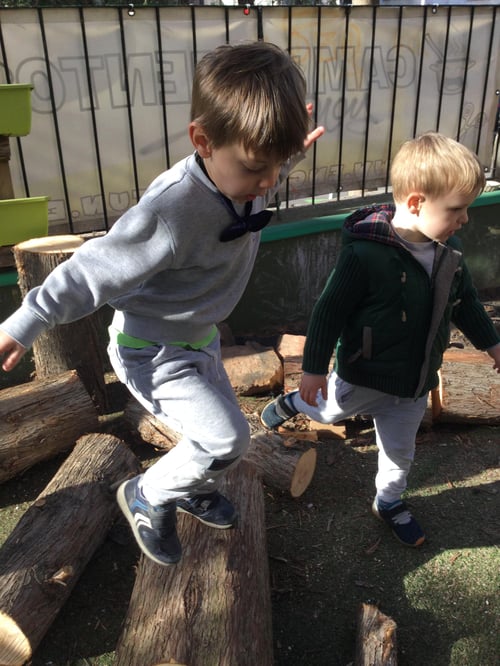
What is playful aggression?
Significantly, playful aggression is one kind of playful behaviour that often creates a degree of discomfort for some adults due to misunderstanding the differences between this type of play and serious aggression. So, what exactly is playful aggression? It is a type of positive and enjoyable social play. It can include mock fighting, chasing one another, rough and tumble play, superhero play, and wrestling whereby children engage in such behaviors but not at the expense of hurting one another in any way.
Much of playful aggression also occurs as a form of pretend play and pretend play is considered to be beneficial for children as it encompasses complex behaviors involving many areas of the brain and is an important aspect of healthy overall development.
Playful aggression as pretend play is especially significant for boys who tend to be more physical in how they announce themselves in the world and in how they play.
"Playful aggression teaches boys how to get along with one another, how to make and play within a rule structure and how to actually recognize the difference between playful and harmful behaviour."- Dr. Michael Nagel.
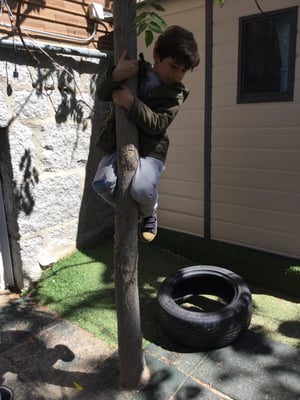
Why is playful aggression important?
Playful aggression provides kids with opportunities to explore their world with a sense of empowerment and control. Playful aggression also provides experiences that allow for immediate feedback for some of the brain areas that regulate social behaviour and general cognition. In other words, playful aggression provides kids with physical activity for not only fostering relationships, but also developing aspects of the mind.
The importance of playful aggression as a mechanism for fostering positive relationships with peers and emotional development cannot be understated. Playful aggression facilitates opportunities for kids to enhance their capacity to monitor and read facial expressions, verbalizations and inferences about intent while also developing an awareness of establishing relationship hierarchies.
Playful aggression teaches boys how to get along with one another, how to make and play within a rule structure and how to actually recognize the difference between playful and harmful behavior.
Perhaps one of the reasons some adults wish to restrict, regulate, or eliminate playful aggression altogether, is due to an inadequate understanding of its benefits coupled with an inability to tell the difference between playful aggression and serious, or harmful, aggression.
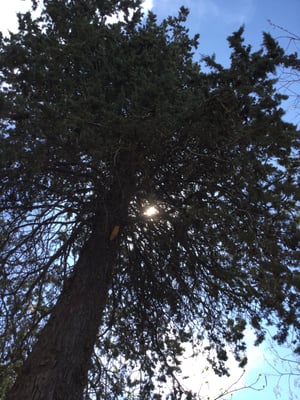
Here is a list of tree parts you can find:
- a variety of leaves - small limbs, branches, twigs - food from trees (fruit, nuts) - pinecones - evergreen sprigs or small boughs - Flower clippings - seeds - tree "cookies" (cross sections of trees that show the rings) - bark
You can also help your child explore and appreciate nature by learning about trees. Invite your child to talk about trees. Share stories about your favourite childhood memories involving trees and games you might have played around them. Wonder aloud with your child to encourage his or her thinking about trees. "I wonder why leaves fall from trees." "I wonder what makes some trees grow so big." At home, collect parts of trees, and encourage your child to sort them. Your child might also enjoy making a collage by arranging and gluing tree items on paper.
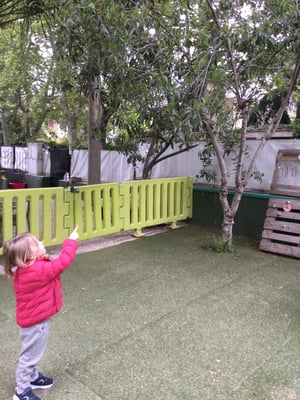
Thank you for playing an important role in your child's learning.

Rossana Milli
Rossana Milli is a dedicated teacher with over 10 years of experience in the Early Childhood setting; having worked in her native Venezuela, Italy and now Spain. Her academic background is in Business but found her true calling while working part-time in an English after school workshop for children. She later completed her Masters in International Education and has never looked back. Speaking four languages she believes children should from an early age become «citizens of the world». Her learning philosophy is that children learn and become engaged in their own learning when being in a fun, respectful and loving environment.
Blog posts
Related Articles.
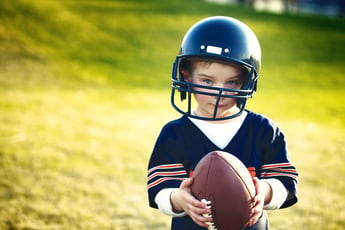
Jill Stribling
Risky Play for a Happy Life
It makes every parent and teacher worry, question and doubt as we decide what kinds of limits to...


